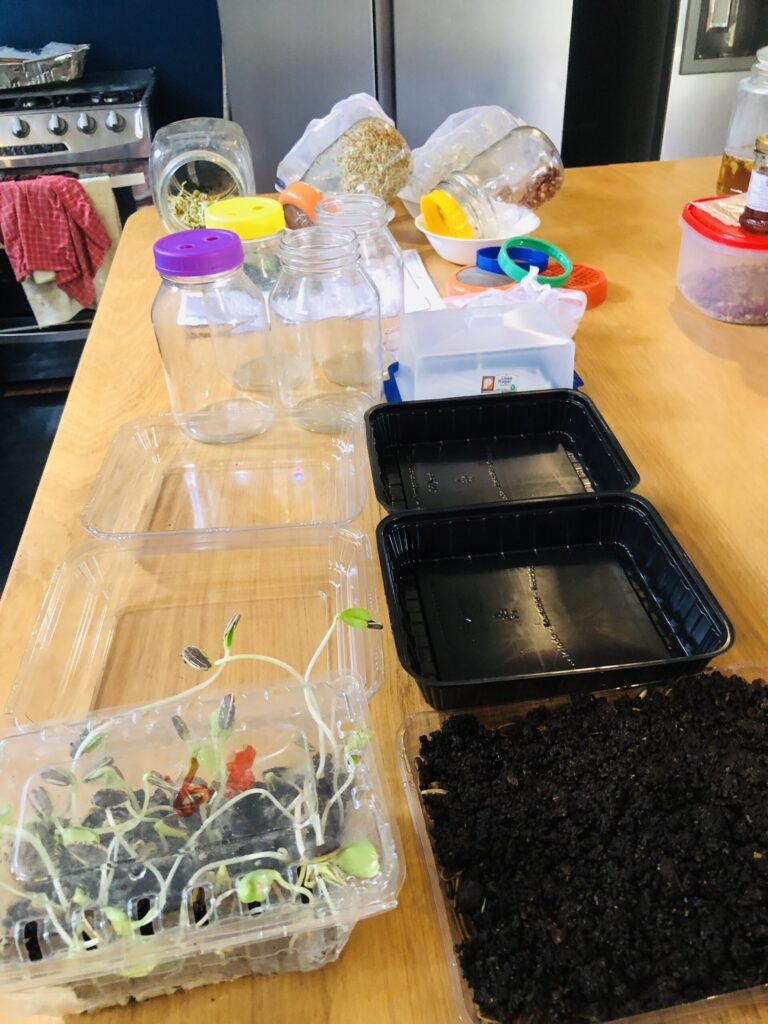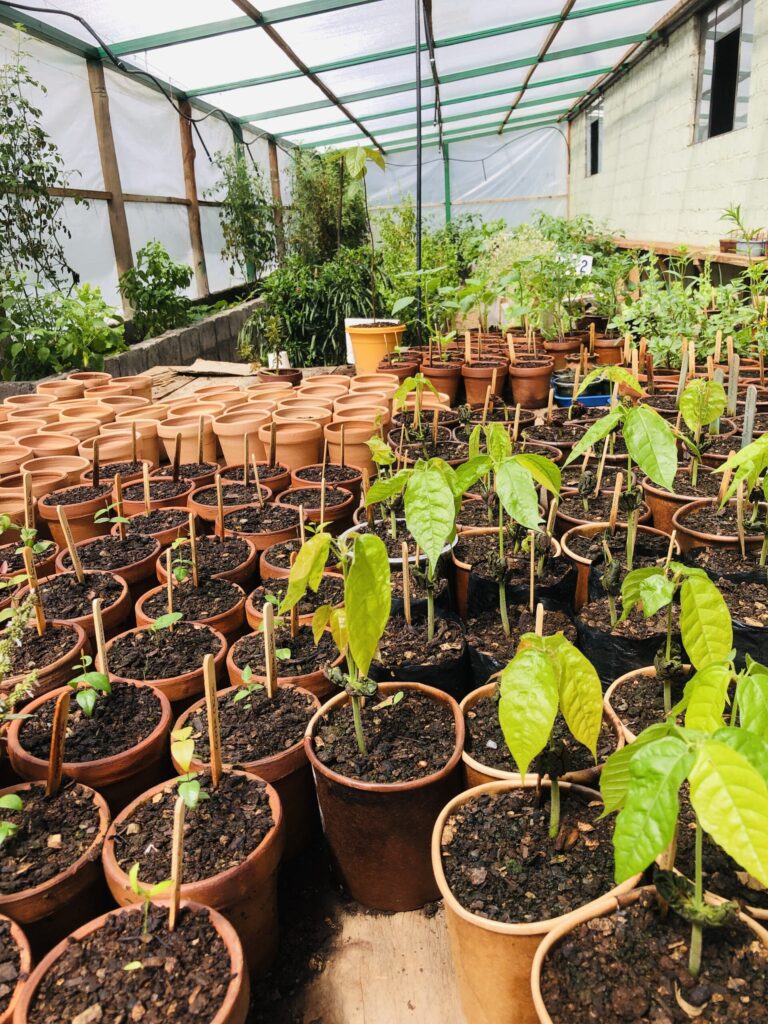Self-reliance, at its core, is the ability to depend on yourself—your skills, judgment, and resources—to navigate life’s demands. It’s not about isolation or rejecting help; it’s about cultivating an inner strength and capability to stand firm, even when external support falters. Think of it as knowing how to grow your own food, fix your own shelter, or make decisions without constant hand-holding. Historically, it’s tied to thinkers like Ralph Waldo Emerson, who saw it as a moral and intellectual stance—trusting your own voice over society’s clamor. Practically, it’s the pioneer spirit: building a life with your hands and wits.
Teaching self-reliance demands more than words—it requires wisdom earned through experience, hands stained with dirt, and the tangible ability to do the work. Elders, craftspeople, farmers—those who’ve weathered storms with their own ingenuity—are the truest guides. They don’t just talk about resilience; they’ve lived it, their nails gritty from digging, building, and growing. Parents can spark it early, showing kids how to solve problems or craft something real, while communities thrive when mentors pass down skills—carpentry, gardening, critical thinking—rooted in practice, not theory. The Living Ground Project in southern Ecuador embodies this: years of relentless effort, countless hours, and real financial sacrifice have lifted it off the ground, empowering locals and women with skills like soil microbiome farming and microenterprises. Few see the sweat, the late nights, or the money poured into turning a vision into reality—only those who’ve done it know what it takes.
In my mid-twenties, I got my first taste of growing plants in the rich soil along the Trent Severn waterways in Ontario. We had our first land and house, and I started planting seeds. They grew wild—sunflowers swelled to the size of large watermelons, herbs burst with flavor, igniting a journey into culinary knowledge that brought them into daily meals. I knew nothing about soil or gardens then, but I was hooked. The earth’s generosity pulled me in, and I haven’t stopped planting and growing since. That early wonder, born from trial and error, laid the roots for a lifelong dance with self-reliance—one that’s taken decades of effort to refine.
We’re in an age of fragility—supply chains snap, systems buckle, and people falter when the Wi-Fi drops. The consumer system thrives on dependency, lulling us into outsourcing everything from food to fulfillment. Self-reliance is the counterweight—empowerment against helplessness, a buffer against chaos. Climate shifts, economic wobbles, and tech overreach make it urgent; if the grid fails or shelves empty, knowing how to adapt isn’t optional. It’s a mindset of dignity and agency in a world that often reduces us to cogs. Living Ground proves it’s possible, making steady progress through hands-on mastery, not imitation—a mission forged through grit and wisdom that can’t be faked. When others draw inspiration from such efforts, it’s flattering, but true strength lies in building your own path, not just echoing someone else’s.
Self-reliance isn’t rugged individualism run amok—it’s balance. It’s mastering enough to meet your needs while knowing when to lean on others: growing a garden but trading surplus, fixing your bike but borrowing a tool. It’s mental too—questioning narratives, not just swallowing what’s fed. It’s pro-capability, ensuring you’re an asset, not a burden. Living Ground reflects this—cultivating a hub where soil health, human microbiomes, and sustainable living converge into practical education and micro-opportunities. Few grasp the depth behind it: the time spent researching microbial inoculants, the energy crafting courses, the money sunk into land and tools. It’s not a casual endeavor; it’s a legacy carved by those with the skills and scars to show for it, open to collaboration but rooted in its own hard-won ground.
At 30, I decided to “get out”—self-reliance became my north star, a rebellion against the system. I aimed for self-sufficiency, diving into turkeys, chickens, sheep, and pigs, with gardens sprawling everywhere. I dreamed of going off-grid, though funds fell short. The gardens morphed into hard work, and I opened a retreat so others could join in—they did, eagerly. But human drama crept in, complications arose, and things shifted. I made mistakes, got frustrated, nearly quit more than once. I moved, yet through it all, I realized I’m a garden gal—wherever I’ve lived, the gardens stayed my thing. That burning desire to be self-reliant never faded; it just grew wiser, weathered by years of stubborn persistence.
We can’t simply give self-reliance away—charity often cuts both ways. I could cook you a meal, but I serve you better by teaching you to cook it yourself. The Living Ground Project isn’t about handouts; it’s about inspiring others to do for themselves, showing them how with every seed planted and skill shared. In today’s world, this feels like a women’s task—not to slight men, who play their part, but because the multitasking mind of a woman, honed by years of guiding children toward independence, is uniquely suited to this work. It’s a quiet power, nurturing resilience step by step, and Living Ground leans into that strength, empowering women to lead microenterprises and reclaim agency, proving self-reliance is taught through example, not bestowed.
Convenience seduced us away from self-reliance. The consumer system—built on cheap goods, instant gratification, and outsourcing—eroded the need to do for ourselves. Why mend clothes when you can buy new ones for less? Why cook when delivery’s a tap away? Industrialization turned makers into buyers, and urban life widened the gap—most don’t know where their water comes from, let alone how to find it. Skills faded as ads convinced us we didn’t need them. We traded resilience for comfort, and now we’re hooked on a faltering machine. Building something like Living Ground defies that drift—it’s a slow, costly climb against the tide, driven by those who’ve earned their wisdom through labor, not lifted it from someone else’s toil. Our land’s too far for its worth to some, who’d rather let others sow while they stand tall for the ego’s sake, but we keep going, gifting food when we can, growing what matters.
I learned self-sufficiency isn’t about doing it alone—it takes a community, no matter where you live. In Canada, plants surged from May to September, demanding fast harvesting and preservation to savor through winter. Moving to Ecuador, where spring-like temperatures allow year-round growth, I found a different rhythm. Things grow all the time, sort of—plants here follow a subtle code, their own seasons I can’t fully decode after 14 years, though I’m close. Locals don’t preserve much, assuming the land’s bounty is endless, but I’ve leaned into it hard. Preserving alchemizes your harvest—fermentation spins produce into a new realm of healthy foods, and now with a freeze dryer, it’s next-level magic. Even basil, which loses its soul when dried, holds its flavor and essence perfectly when freeze-dried, a testament to the craft.
Blending self-reliance with today’s reality is tricky but doable. The consumer system won’t vanish, nor should it entirely—interdependence has strengths. Start small: cook from scratch, repair something, grow herbs on a windowsill. Use tech as a tool—watch a fix-it video—but don’t let it replace your hands. Balance buying with making; you may not forge steel, but you can sew a button or brew dandelion root coffee. Communities can help—swap skills, share tools, build local networks that endure when Amazon delays. It’s not about rejecting modernity but reclaiming agency within it. The system wants passive consumers; self-reliance makes you a creator. Living Ground shows the way, but every step demands time, energy, and funds—hard-won by those with the real ability to teach it, not just echo it.
Self-reliance matters because it’s freedom with roots—practical, psychological, and communal. We’ve drifted from it through ease and distraction, but it’s not lost. Those who’ve lived it—whose hands bear the marks, whose skills prove the wisdom—can lead us back. We adapt it to today by starting where we stand, blending old grit with the new world, one deliberate step at a time. Living Ground is a path and perhaps just one path of many. Behind the vision lies a mountain of unseen work—proof that self-reliance isn’t handed to you; it’s built, piece by hard-won piece, by those who know its weight and do what it takes.
My hands are gardeners hands!







